


Restored in 1997, the chapel houses some paintings by Chisa: on the walls are six paintings of the life of San Roccu and, suspended from the ceiling, twelve paintings depicting the life of Jesus and arranged in the shape of a cross.Saint Roch was very popular in Corsica from the 14th to the 19th century. In Filicetu, the chapel dedicated to him was entrusted to the care of a hermit by the episcopal vicar of Ajaccio in 1865. In the chapel, one can see an 18th century statue of the saint made of cherry wood. In July, this statue is carried in procession to the church of St Nicolas and then brought back down at the end of August. On 16 August, the day of his feast, a procession goes around the village imploring his protection. As a sign of sharing, evoking the personality of the saint, blessed bread rolls are distributed at the end of the mass.

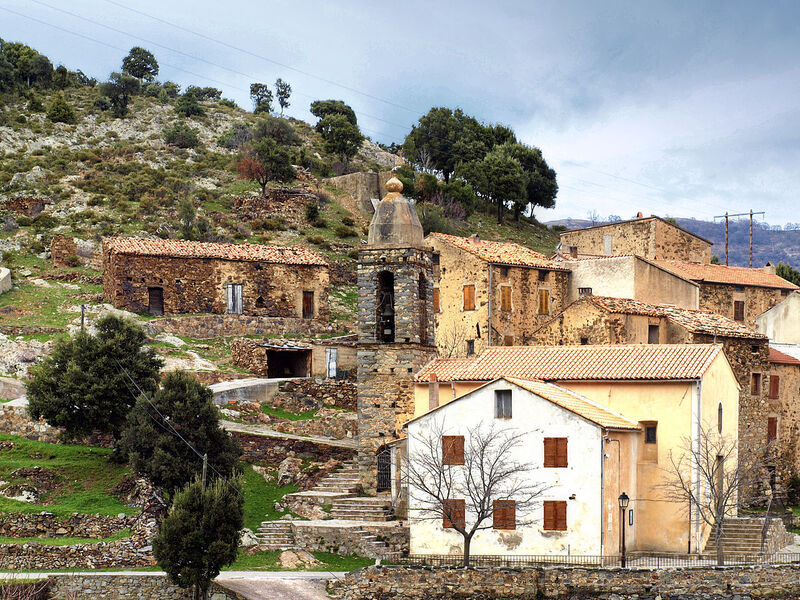
San Salvatore church was built in the 16th century to replace the pieve (parish church) of San Giovanni d'Olmi Cappella which was abandoned towards the end of the 15th century. The church houses some remarkable works. The main altar is dedicated to the Holy Saviour.


The current town hall adjoins San Salvadore church. It used to be the chapel of the Santa Croce friary which, having merged with the friaries of the three other villages of Ghjunsani, is now part of the new San Parteu friary of Pioggiola.

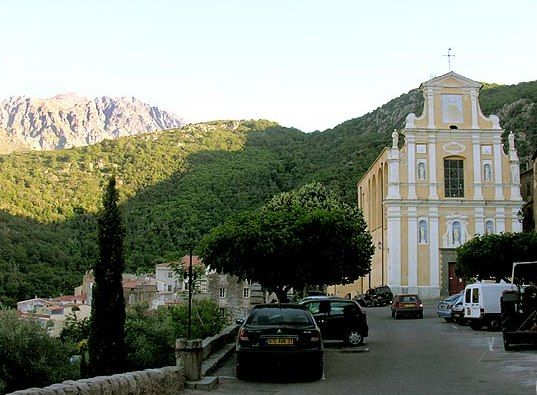
Built in the 18th century, this is one of Corsica's finest examples of Baroque churches. It houses some listed works, including some 17th-century paintings, the main altar, and balustrades of Carrare marble. The gallery features an organ built by Tomaso Pagnini de Lucca.

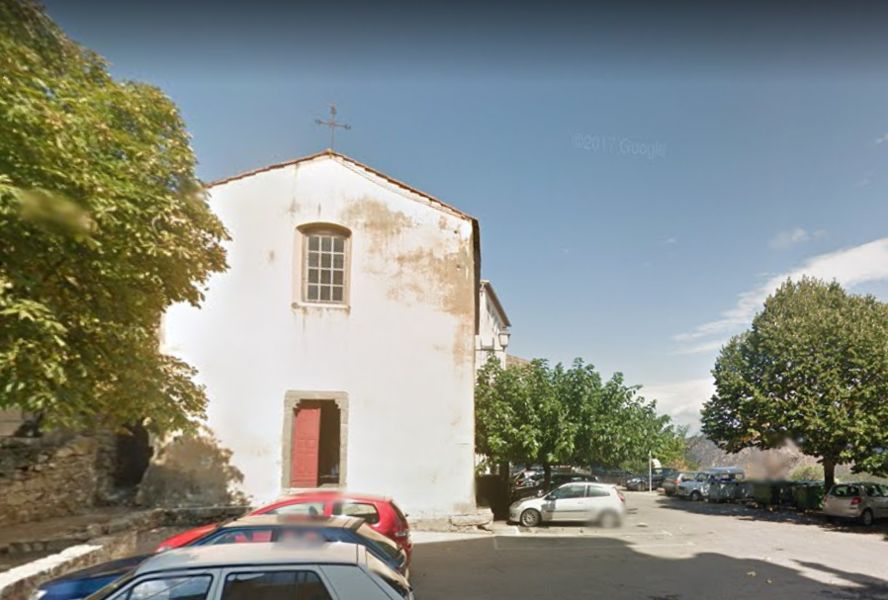
Built during the 18th century, it is one of the best achievements among Baroque churches in Corsica. It is home to some classified works, including some 17th-century paintings, the main altar and the balustrades of Carrare marble. The gallery features an organ built by Tomaso Pagnini de Lucca.

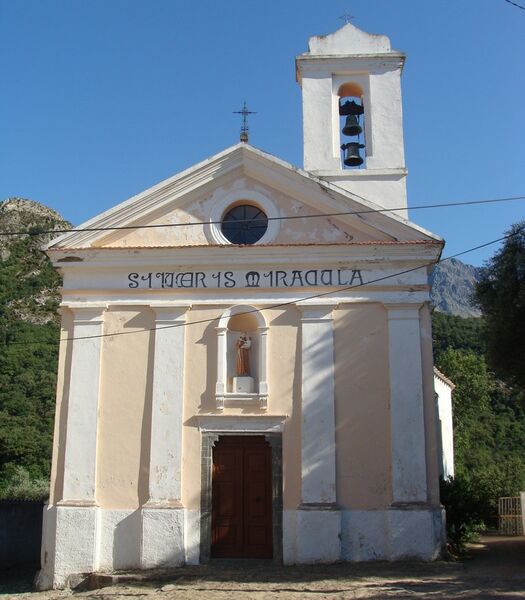
The hamlet of Poggiali is home to a small Baroque church which dates from the end of the 17th century.

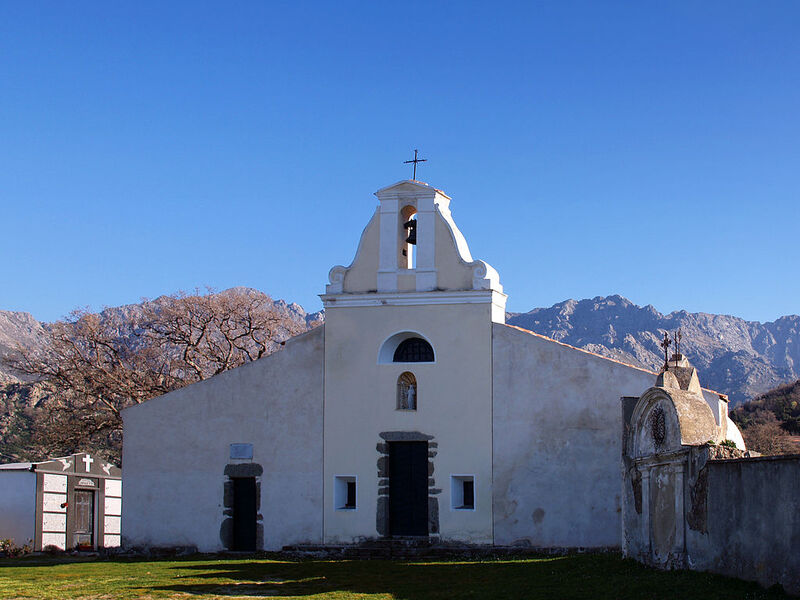
The chapel of San Ghjacumu, Saint Jacques le Majeur, stands in the cemetery, a kilometre from the village. Built in 1110, it was in ruins before its reconstruction in 1635. It was restored in 1997 thanks to the generosity of Maria di Vincenza.


The ancient parish chapel, dedicated to the apostles Peter and Paul, was built in the cemetery during the 9th century. Now in ruins, it has left its place to the tombs. Only the apse of the little Romanesque chapel still remains, worn by rainwater and seepage.Here, a unique testimony in the iconography of frescoes in Corsica slowly fades away: the representation of a brotherhood of women, probably originally protected by the mantle of the Virgin in Majesty, in the centre of the apse and carrying on her knees the infant Jesus, of whom a pretty naked foot can still be seen. ... the women's faces are tense in prayer, the hands joined, the silhouettes drawn with a sure line and evoke a universe close to the small fresco of the chapel of Santa Restituda in Calenzana. In 1967 Mrs Geneviève Moracchini already sounded the alarm, and in 1985 Mr Joseph Orsolini wrote that run-off water and seepage were degrading the magnificent 15th century fresco. In 1646 this small chapel served as the parish church of the village of Nessa. It was classified as a historical monument in 1990 and nothing has been done to restore it and protect it from wind and rain.

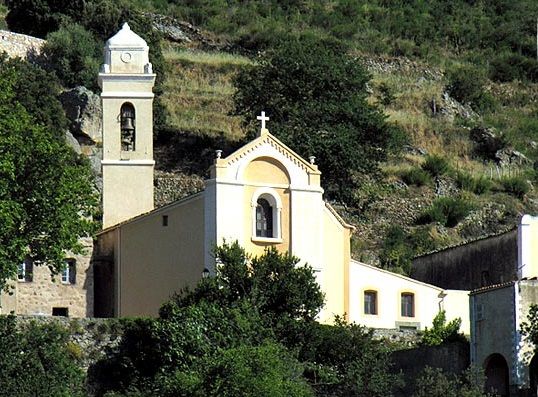
The parish church of Saint Joseph is located in the heart of the village on Avenue Hui Bon Hoa, next to the old friary. It houses a number of classified works of art.

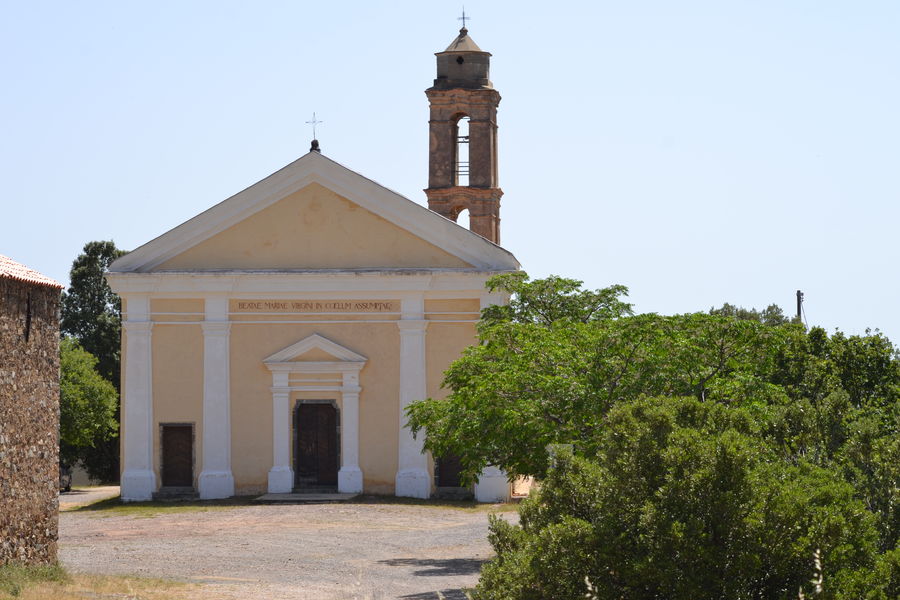
Dedicated to the Virgin Mary, this church was built in the 13th century and reworked during the 16th. On 15 August, it hosts a performance of polyphonic hymns from the village by the cantor of the San Parteu friary. It used to be a pilgrimage venue for the entire Balagne region on 12 May, St Pancras day.

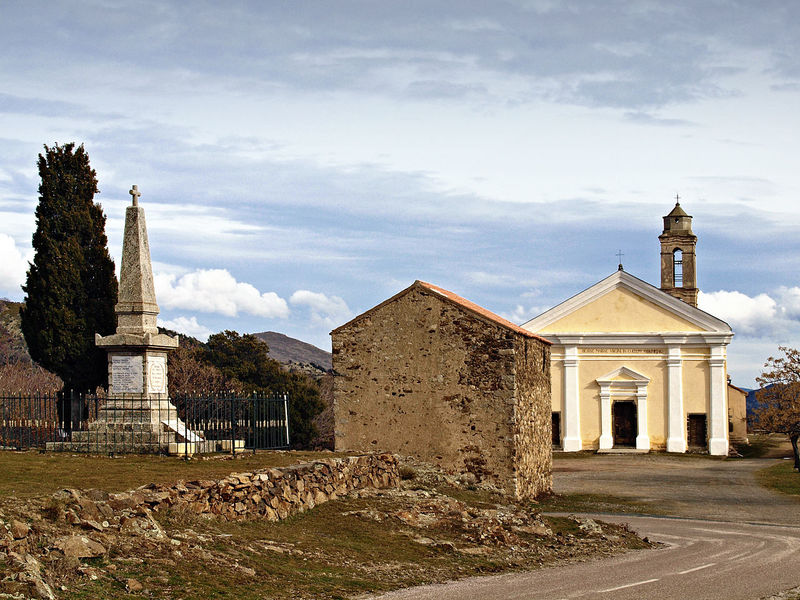
Sainte-Croix has become the chapel of the San Parteu friary. Until 1935, an Easter Monday procession took place from the chapel to the foot of Monte San Parteo in honour of St Parthée, the 5th-century saint who was popular in the Ghjunsani region.It contains four remarkable works, classified as Historic Monuments, all of which are the property of the commune: a still life painting on canvas painted in oil, from the 18th century, which comes from the Fesch collection; brotherhood seats (stalls for the confreres) in carved wood, waxed, dated from the beginning of the 18th century; a statue of the procession of Christ on the Cross, dated from the 18th century, in polychrome wood; a statue of the Virgin Mary in Majesty from the 18th century, in gilded polychrome wood.

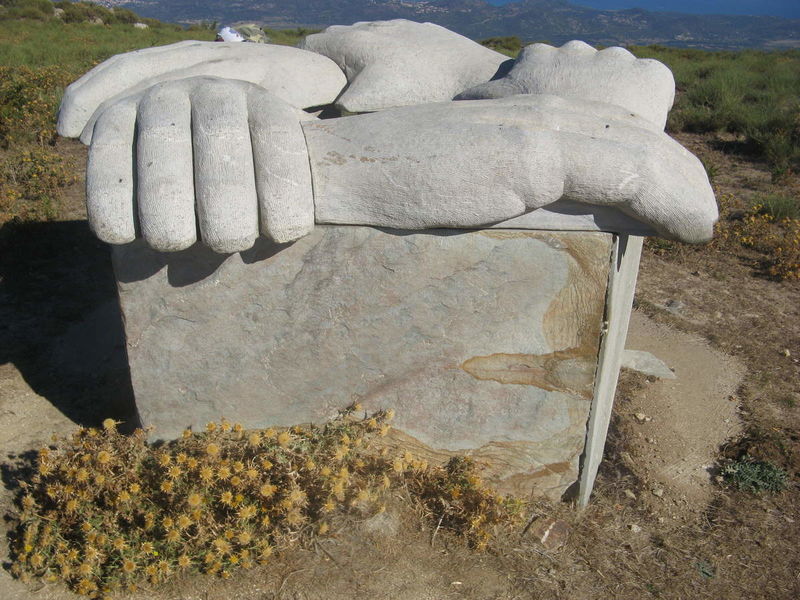
At an elevation of 1,100 metres, this sculpture represents mutual aid and solidarity, with five hands - the five continents - united for Peace. It was created by sculptors A-M Moretti, Andros, Dom, P. Pardon and M. Sabaty, on the basis of a drawing by a child, Arnaud Casanova.

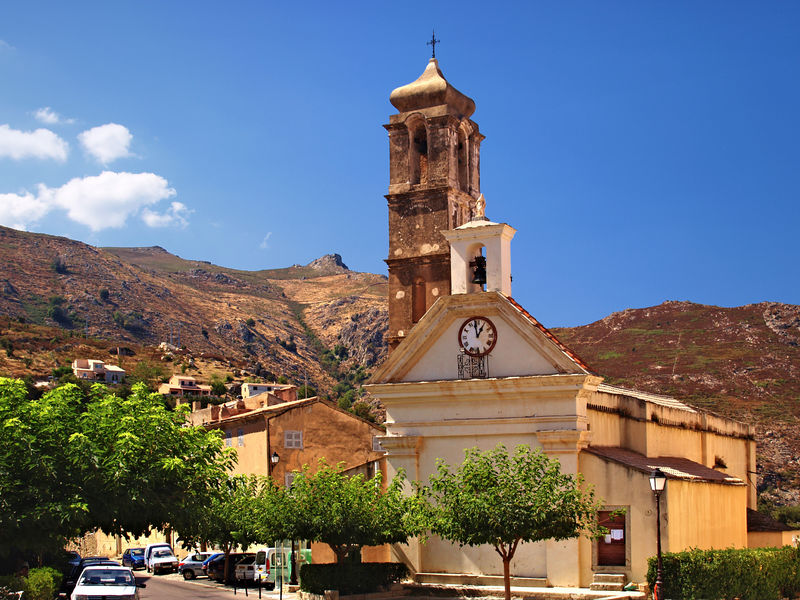
During the 12th century, the church was used by the inhabitants of Giustiniani. Located on the village square, it is the seat of the friary of Sant'Antone Abbate. It features a listed altar, an 18th-century tabernacle, and a silver reliquary on St Roch wood.


The collegiate church is extremely old. The original Romanesque church was built in 1509. Its status of exceptional collegiate church was granted by Pope Benoit XIV on 6 December 1749, and confirmed by Pope Clement XIII on 6 May 1766. It was restored in 1970.Its façade dates from 1509 and its Nicolas Filippi Way of the Cross from 1746. It contains a tabernacle with twisted columns, inlaid wood and varnish from the 18th century (listed), numerous paintings including "The Last Communion of a Holy King", oil on canvas from the 17th century (listed) and the shrine of the relics of San Vittoriu, a martyr from the end of the 3rd century. The church has a historic Crudeli organ (1810) and a gallery (1821) by Anto Giuseppe Saladini, born in Speloncato. It is the seat of the Oratory of the Confraternity of Santa Croce.

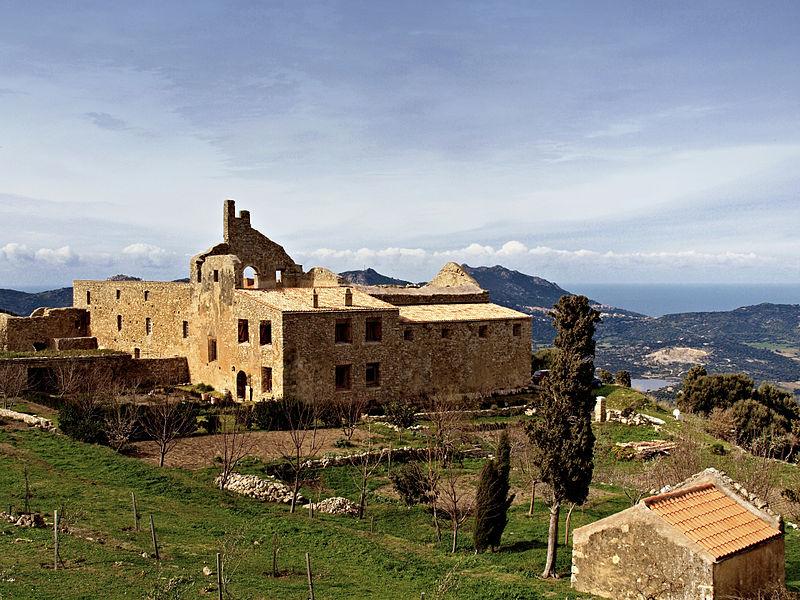
Built by the Capuchin monks in 1621, the convent was in ruins before being restored and converted into housing. It was made famous by a spring that supplied it with water from the Carignelli, an excellent cure for a number of ailments.

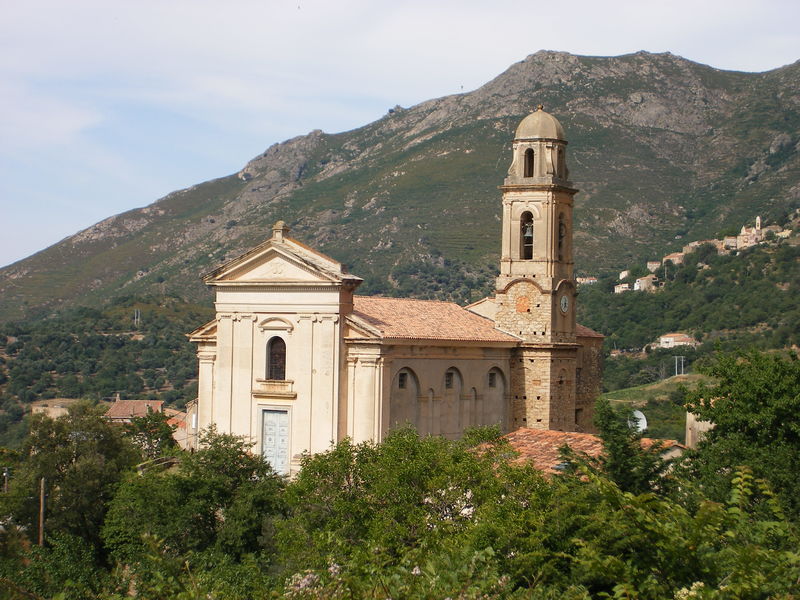
Saint Nicholas church is of Baroque style. It was built towards the end of the 18th century, probably in replacement of a Romanesque chapel from the 16th century.

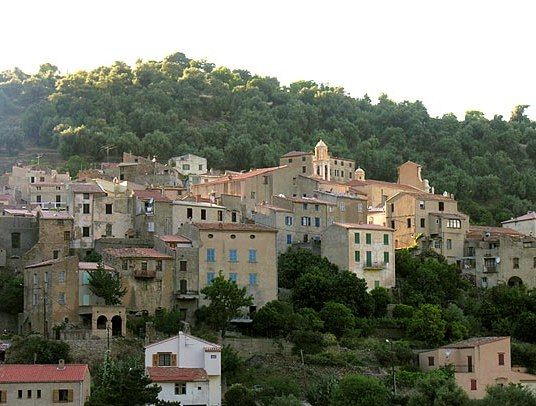
Come explore this picturesque village on Corsica. Muro remains unspoilt, "close to everything yet set back a little". Sheltered amid lush green surroundings, Muro is a garden that clings to the mountainside below the Avazeri peak.

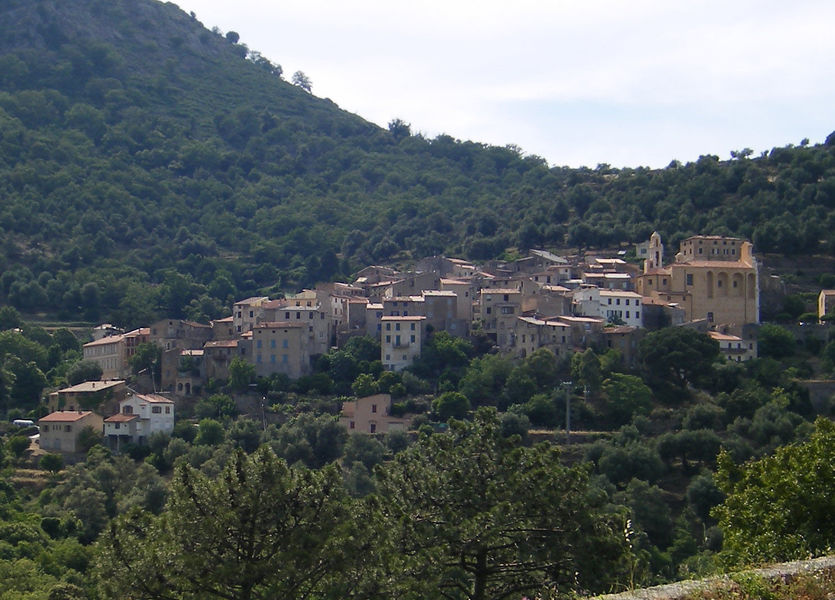
Perched high in the foothills of the Montegrosso massif, cradled by the surrounding high peaks, Feliceto is a proud mountain village nestling in a little corner of the Reginu valley.

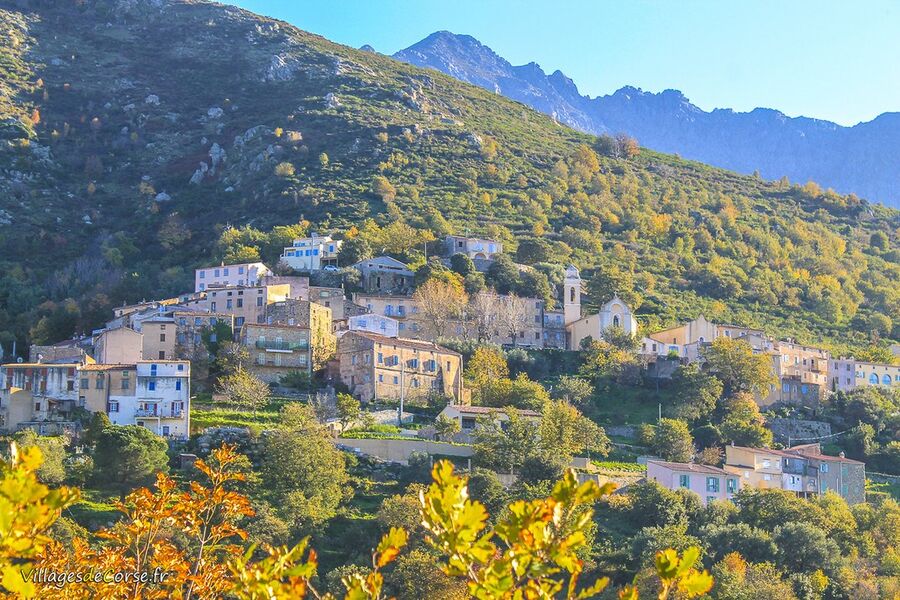
On Balagne's arts & crafts route, take the road to Nessa. This small village may not be the biggest tourist attraction, but it bathes in a lovely warm and friendly atmosphere.

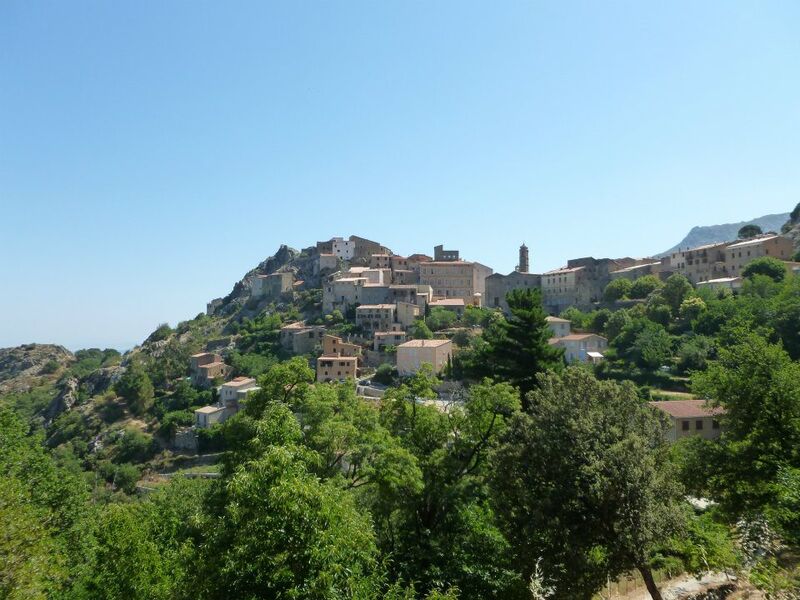
This has been a place of retreat for thousands of years. Some items of Neolithic furniture have been found here.

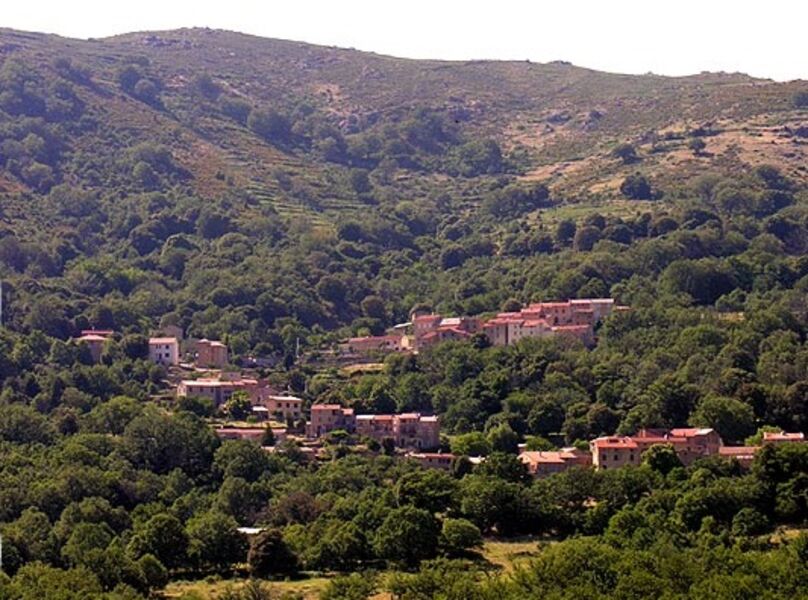
Discover the forces of nature in the heart of the Balagne mountains. Cool off in this small village in the shade of oak and chestnut trees. Pioggiola offers an alternative way to explore Balagne.

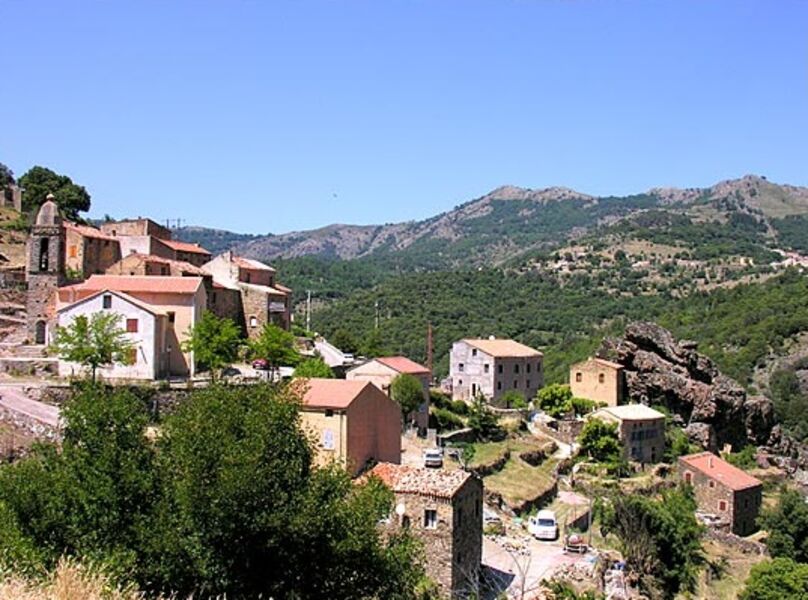
Enter the territory of the Parc Naturel Régional de Corse. Balagne offers you some of its treasures... A small village invites you to discover its curiosities. Between nature, history and myth, Mausoleo reveals its secrets.

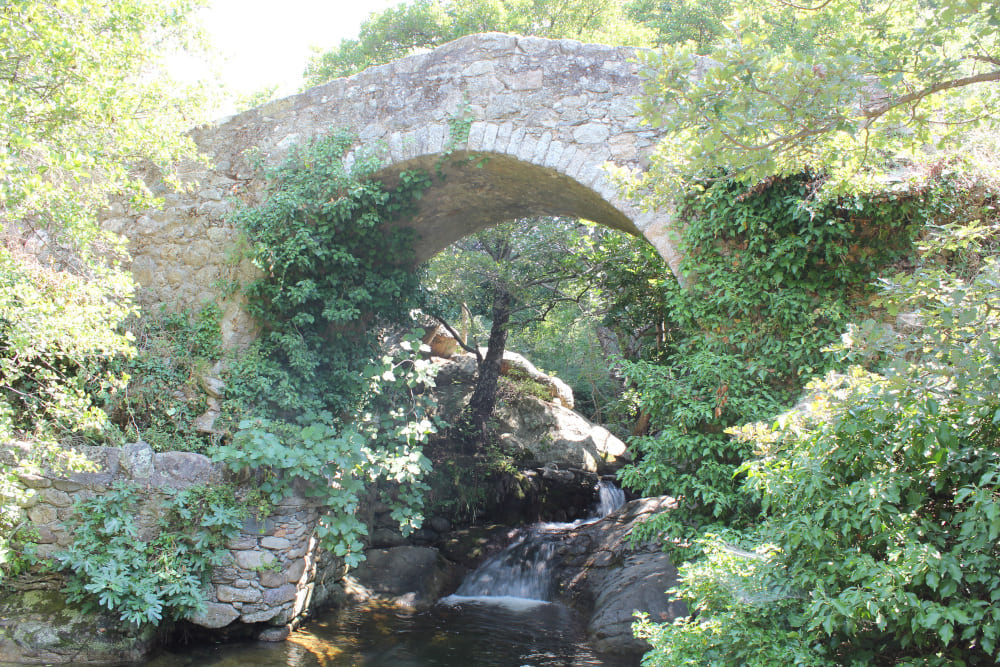
The village of Feliceto takes its name from the happiness of water. In fact, the village has many natural springs. With its rivers and waterfalls, Feliceto offers two Genoese bridges that allow the discovery of its heritage and pleasant moments of bathing depending on the season.
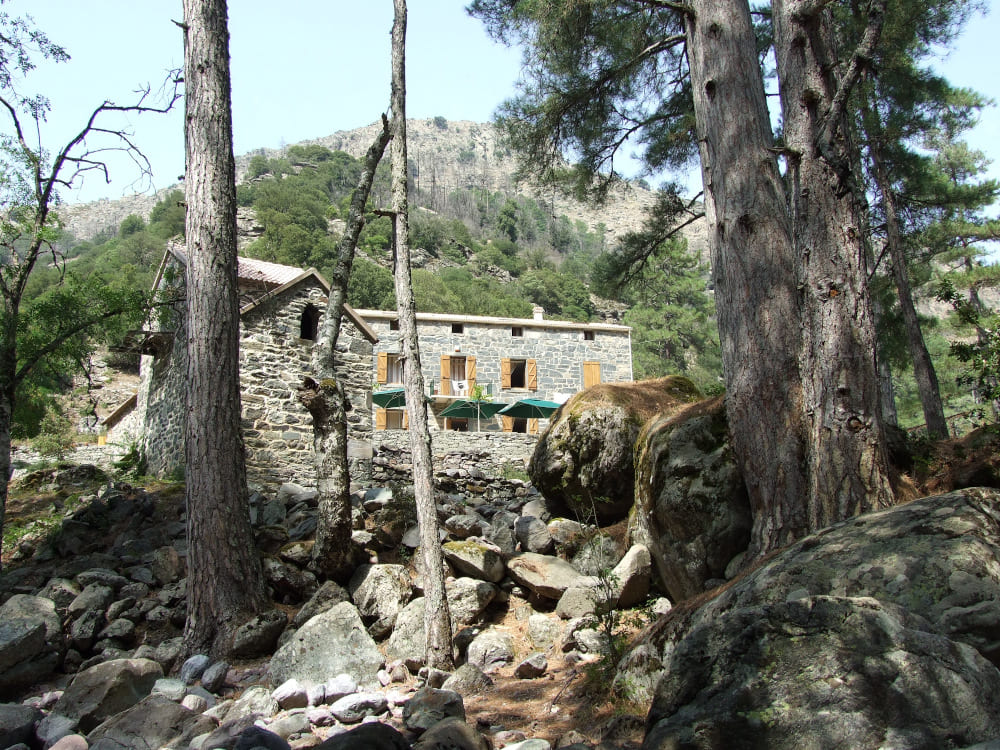
Below the road leading to the forest and river of Tartagine, discover this old building built in the 19th century. Originally used as a forest house, the building is now a gîte d'étape offering accommodation and food on the banks of the Tartagine river. An obligatory and tasty stopover for hikers, runners and cyclists.

San Parteu is one of the mountain peaks of Balagne. It rises to an altitude of nearly 1680m between the Melaghja Valley and the Fiumi di Regino Valley. It dominates Feliceto on its north-western side and Pioggiola on the north-eastern side. It borders the north-western part of the Corsican Regional Natural Park. It is the subject of a procession in July in memory of the saint who is said to have blessed the Balagne in the 5th century. The San parteu also gave its name to the brotherhood of Ghjunsani.
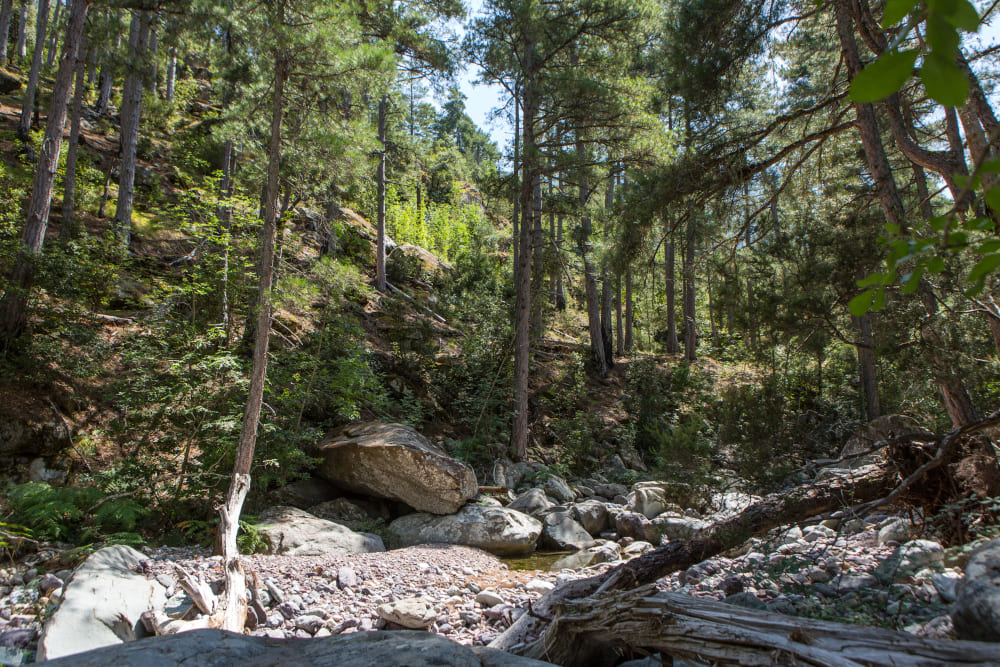
Come inside the wonderful world of Ghjunsani and delve deep inside one of the most beautiful forests in Corsica. Located inland, the forest is overlooked by the impressive Monte Padro, the peak of which reaches over 2,300 metres.
It was once an essential resource for Ghjunsani due to the diversity of wood species here, the sheer wealth of possibilities for hunting or foraging and the impressive open-spaces for sheep farmers. It is an ideal place for mountain grazing in the summer months.
Thanks to the diversity of Corsican pine trees, holm oak and holly, juniper and tree heath, the forest of Tartaghjine Melaghja (Tartagine Melaja) has managed to obtain the protection of Natural zone of ecological interest, fauna and flora (ZNIEFF in French), to ensure that these fragile species are protected. Holm oak and juniper are now protected species in a Natura 2000 area and recognised as wildlife habitats, sheltering the spotted salamander for example. Along your way, you will discover ash trees, birch trees, not to mention a large number of plant species such as Tartagine holly and foxglove.
A multitude of species have chosen to shelter in this heavenly place. Look around and you may catch a glimpse of a bearded vulture, golden eagle, the more discreet mouflon, the Northern goshawk, the Corsican nuthatch and the Corsican deer.
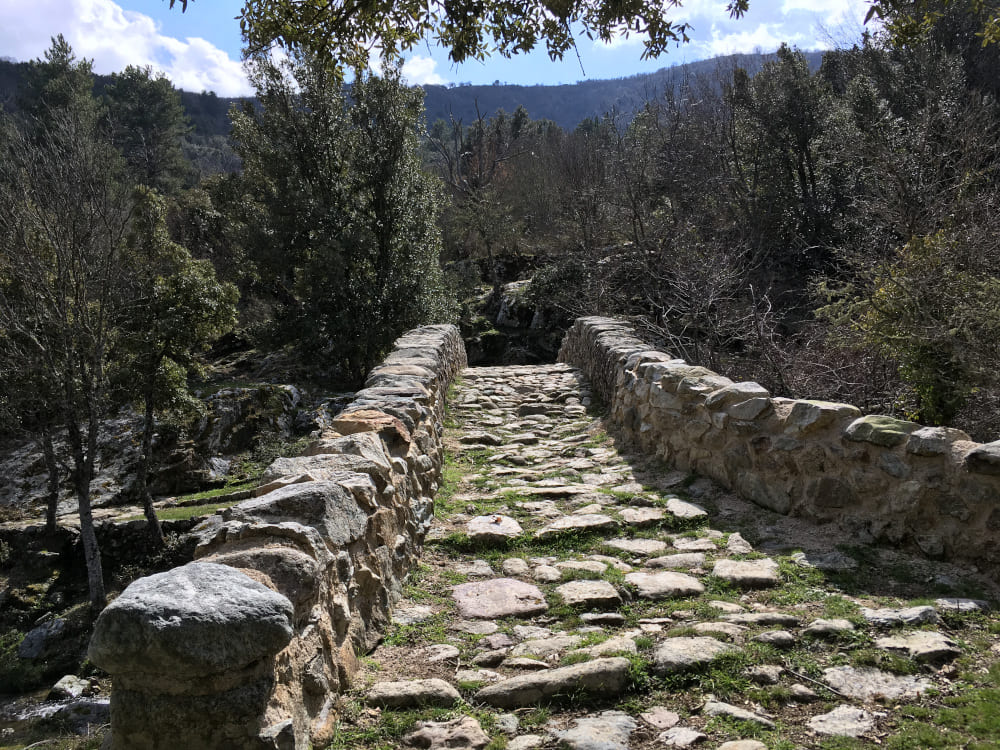
The Genoese and Pisan bridges are stone buildings, characterised by a humpback, a single arch and a narrow deck. They were built from the 12th century to the 18th century. However, it was especially in the 15th century that the Genoese administration decided to multiply them in order to revive the island's economy and to favour exchanges between isolated communities. Do not miss the aria (threshing floor).
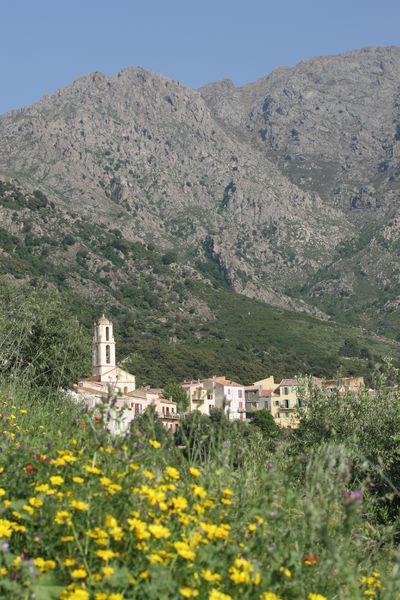
The pureness of the water and the personality of the wines... Zilia is famous for its vineyards and spring water.
Crouching at the foot of the Montegrosse, surrounded by olive and almond groves, this village of 14 km² has retained its traditional architecture.Zilia was once known for the benefits of the "Dirza" thermal spring, radioactive table water, eminently digestive and diuretic, whose use was abandoned in 1914.
At the time of the Roman occupation, a village of 800 souls was established at a place called Poffiume (Podium Fluminis: area of ??the river). It was gradually abandoned by its inhabitants who settled in the hamlets of Zilia and Giarghja.
The village of Zilia is located at an altitude of 278 m, at the foot of the Monte Grosso massif and offers a panoramic view of the green valley of Fiume Seccu. Well grouped around its bell tower, it is currently developing in the lower part, on the remains of the original village.
The former Franciscan convent, located on the road to Calenzana, above the Domaine Alzipratu, for a long time kept a beautiful library which Pascal Paoli frequented.
This high place of the spiritual life of the country was ruined by the revolution and then restored.
It was once owned by Baron De La Grange before being bought by the Agnelli family.
Today, the Alzipratu estate, and a mineral spring, exploited since 1995, which sells all over the island, under the name of Zilia, bottles of bicarbonate and low mineral water, contribute to its fame.
Village where life is good, Zilia offers a panoramic view of the green valley of Fiume Secco.
Sights...
In Ghjesgia San Roccu: The St Roch church, in baroque style, completed in 1688 and then extended in the 19th century. Its high polychrome marble altar comes from the Alzipratu convent. He is celebrated on August 16.
The Chapel of Saint François.
The San Lussoriu Chapel dedicated to the Sardinian martyr of the third century AD. This saint beheaded under Diocletian is celebrated on August 21.
The Zilia Water Works Plant (by reservation only).


An experimental botanical garden but also a fruit variety collection of a diversity that makes it unique in France, as do the entirely natural growing methods, free from chemical fertilisers and pesticides. Well worth a visit for advice from the head gardener.Discovering the Avapessa Botanical Fruit Garden means entering a remarkable collection of more than 40 kinds of edible fruits with many rare varieties from all over the world.
This collection is the result of many years of passionate research. The climate of Balagne and that of Avapessa, allows these fruit trees to flourish naturally.
Born of gluttony, passion and research have taken over for the management of this garden. It pays homage to the ancients and traditional culture while respecting nature and its biodiversity. The acclimatizations of this garden are also intended to anticipate the harmful effects of the ongoing climate change.
The Avapessa Botanical Fruit Garden offers guided tours, courses on fruit preservation methods as well as training on this method of cultivation.

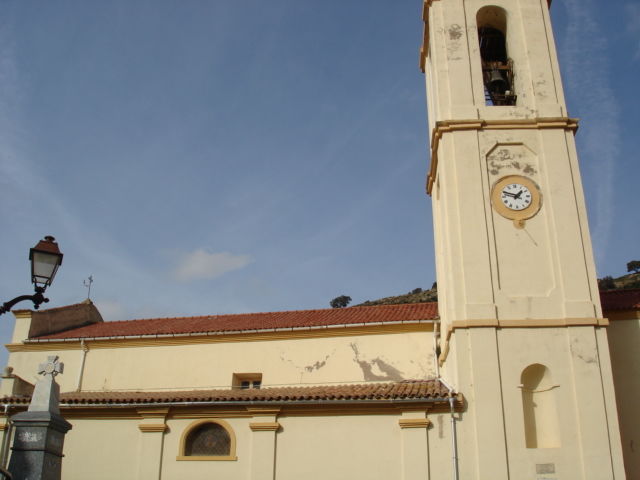
Zilia church can be found in the heart of the village. It is dedicated to Saint Roch, or San Roccu, a highly venerated saint in Balagne.The Baroque-style St Roch church was completed in 1688 and then extended in the 19th century. A municipal decree dated 1651 reflects the decision to build it.
Its high polychrome marble altar comes from the Alzipratu convent. He was
recovered by the inhabitants, in the 18th century as well as the statue of Saint
François dei maleficii and the statue of San Bonavintura.
San Roccu treated plague victims, his cult developed in the 15th century following terrible plague epidemics.





